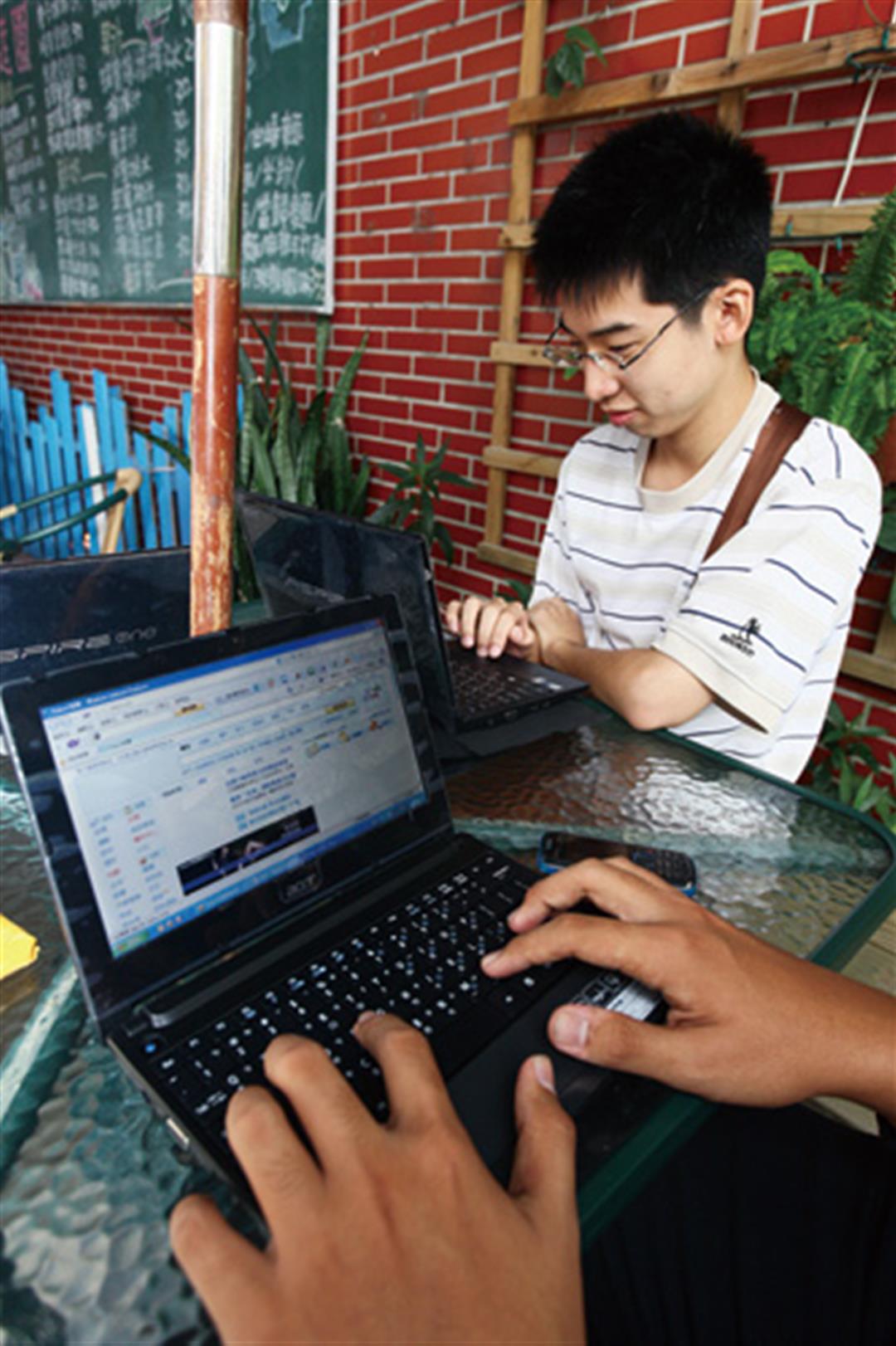A transformation
Jang deserves a fair share of the credit for the ensuing change in FEU's fortunes. In 2000, the Ministry of Education (MOE) began to promote "creativity education," and FEU, in accordance with this policy, established an Innovation and Creativity Center. Jang, who has a doctorate in mechanical engineering from National Cheng Kung University, was appointed as director.
When he first came to FEU, Jang was full of passion, but the school had a moribund feeling. If FEU continued in this manner, he reasoned, it would one day be unable to attract students, so he resolved to use the center as a platform to give the university a special character.
First, he hired passionate young teachers, such as Chen Yu-gang, the current director, and then he actively encouraged them to enroll in MOE courses aimed at cultivating teaching resources in the field of creativity. Meanwhile, he invited people from academia and industry to come to the campus for exchanges.
At first the school and its board held a wait-and-see attitude about Jang's efforts. In the early years operating expenses for the center were supported by some compassionate teachers who applied for grants from the MOE and the National Science Council. When the center started achieving some results, the university then began to increase funding for it year after year.
After there was consensus in the whole school to use "creativity and innovation" as the institution's main theme, FEU not only put "creativity training" and related courses in the core curriculum, but it also began to provide financial assistance for students and teachers to turn their ideas into products. It also actively sought chances for exposure.
Then it went even farther by encouraging the entire faculty and student body to throw themselves into applying for various patents that would demonstrate visible results and allow them to protect their individual intellectual property rights, and also generate income.
In the ROC patents come in three kinds: "inventions," "new utility models" and "new designs." The first cat-egory is for completely new products with a truly innovative functionality, the second is for ways to improve preexisting products, and the third is for improving the appearance of products. FEU, which has a practical focus and isn't strong on keeping abreast of the winds of fashion and design, concentrates on the first two.
FEU invited engineers from well-known patent offices to come to campus and pass on information about the flow of the patent process and other tricks of the trade. What's more, faculty and students merely need to want to apply for patents on their inventions, and FEU will foot the entire bill for the applications, defense, certifications and so forth. If students and teachers don't know how to fill out the application or draw up blueprints, the university will even hire engineers from patent agencies to handle that work for them.
According to rough calculation, the cost of filing an application and outsourcing the work of drawing up blueprints costs more than NT$20,000 per "invention," whereas the cost for a utility model patent runs to about NT$16,000. After a patent is granted, the cost of maintaining a patent starts at about NT$1,700 a year. Added up, the expenses for those first three years can cost the university a substantial sum.

Aiming to promote students' mobile learning and digital technology skills, FEU gave each of its new students an Acer netbook for the 2010-2011 academic year.